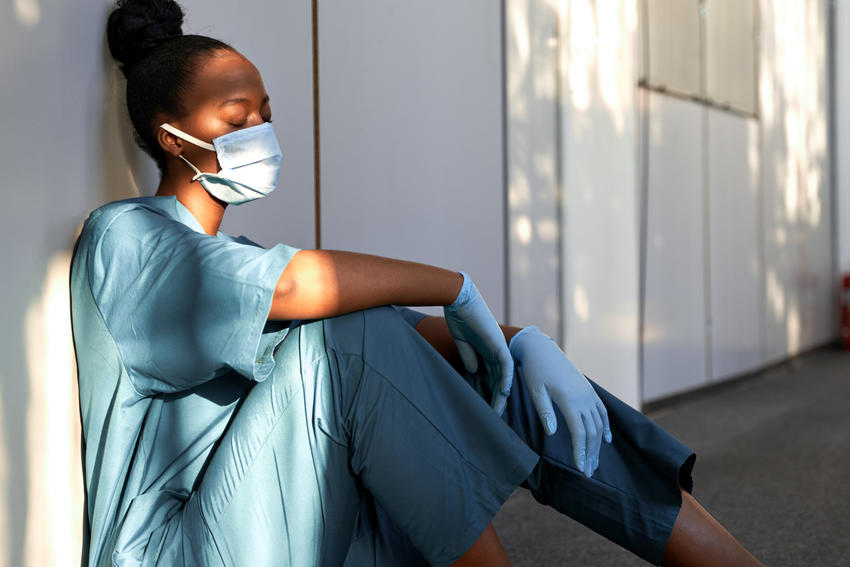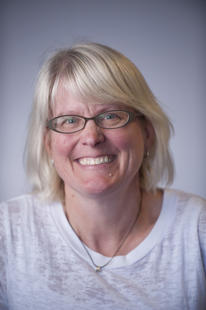Research on mental health becomes support system for collaborators

A 2020 study of dental faculty wellbeing featuring collaboration from the School of Dentistry revealed a complicated landscape of mental health and wellbeing among the profession.
Karin Quick, DDS, PhD, director of the Division of Dental Public Health, was an author on Dental faculty well-being amid COVID-19 in fall 2020: A multi-site measure of burnout, loneliness, and resilience, published in the Journal of Dental Education in November 2021. She collaborated on the piece with Carlos S. Smith, DDS, MDiv, of Virginia Commonwealth University, Erinne Kennedy, DMD, MPH, MSc, of Kansas City University, Caroline K. Carrico, PhD, of Virginia Commonwealth University and Sophia Saeed, DMD, of the University of Connecticut.
The team explored self-reported burnout, loneliness and resilience among dental faculty at four schools, including the University of Minnesota School of Dentistry, to determine whether wellbeing declined for dental faculty during the pandemic’s period of isolation.
This piece was not the first time these researchers had worked together; in fact, it was their previous team work that inspired the pandemic-focused piece. Having connected through mutual interests and ADEA, Smith and Kennedy brought the group together for a presentation on burnout and resilience at the ADEA Annual Session set for Washington, DC in 2020. The arrival of COVID-19 delayed the conference, which later moved to a virtual platform. They worked so well as a team that they decided to continue their collaboration.They each brought their areas of expertise: Smith studied resilience, Kennedy focused on burnout and Saeed and Quick explored academic environments.
Quick knew that finding these answers could provide insight into dental school culture. “Whatever the culture is can affect students,” she explained. “If you have faculty that are burnt out and stressed, the students can feel it.” The team knew from previous studies that an academic environment can lead to burnout and loneliness, and wondered whether the pandemic would amplify those feelings.
What they found was more nuanced: though resilience and burnout scores did not significantly increase during the pandemic, faculty still reported higher levels of burnout and loneliness than the general public. “These are complex constructs,” Quick explained, reflecting on the results, “so we had a lot of conversations about what that means.” Those conversations included sample size, the need to better understand why some people feel loneliness and others do not, and the role of each person’s personal and professional environments before and after the pandemic.
“It’s about interprofessional relationships in a mixed situation,” Quick explained. She hopes the work she and her collaborators have done can encourage schools to shine a light on mental health and wellbeing not just for students, but also for faculty and staff. “We spend a lot of time thinking about the wellbeing of students, and faculty are part of that,” she explained. “Faculty support the students. When faculty or staff are burnt out, it makes for a worse culture and learning environment. We have to be mindful of what’s going on.”
Looking forward, Quick is interested in further exploring the role of position, academic environment and personal and professional experiences in explaining discrepancies in burnout. “I think we can learn a lot by examining what we studied now that things are different again. We can keep looking at how people’s experiences differ.”
Quick also hopes that she and her collaborators can continue working together and maintain the strong relationships this study brought about. “It’s curiosity that brought us together, and we turned into a space for support for one another,” she said. “Talking about burnout made us a closer group.”
